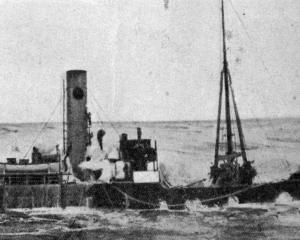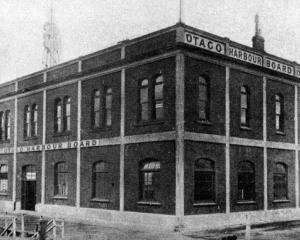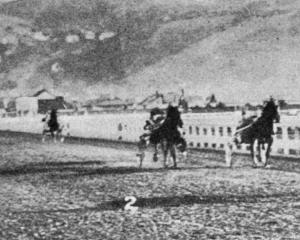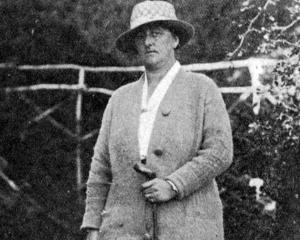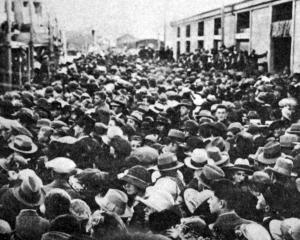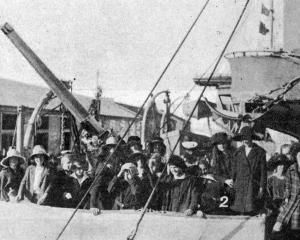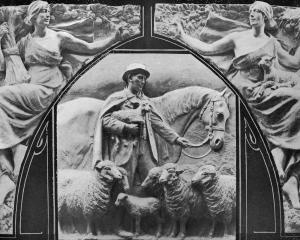This part of the river has always been poor, though for miles above and below the river had been rich, and there existed a suspicion from the earliest times that the present bed is not the one the river occupied in the ages when it was running its golden sands to the sea.
The promoters of this company, by boring, have, at a cost of 2000, traced the course of the old beds through the flats referred to, with the result that an approximate value for two sections of the old bed - one a mile in length and the other one mile and a-quarter - has been arrived at 7d for the first and 5d for the second. No rich deposits have been struck in the bores, though it is believed that such exist in the claims.
The gold is in seams which occur from within a few feet of the surface at intervals to the bottom, from 80ft to 100ft below, the best seams being below the surface level of the present river, and never before touched.
The bottom of the old river is 60ft below the surface level of the present river and has never been reached by any dredge, though many on its course, which in some places must follow the present river, must have dredged on top of it.
The company's estimate of the quantity of deposits tested and proved payable in its holdings is 22 millions of cubic yards. Its estimated turnover is 830,000 cubic yards per annum, at which rate the ground tested will last for 27 years.
• The Christchurch Press states that complaints have been made by some of the owners of small grazing runs on the Canterbury foothills, of mysterious losses of sheep, in some cases amounting to as many as 200 off a single block. A very careful examination of the ground failed to reveal anything like the number of carcasses that should have been present if the deficit had been caused by deaths, and the conclusion arrived at is that the sheep must have been purloined, as the fences are all in good condition and were sheep proof.
• A letter received from New South Wales indicates (says our Auckland correspondent) that in the country districts the trials of the Australian summer are worse this year than usual.
In addition to heat and dust, the summer has brought with it a great plague of flies, and in the Riverina and the western districts they are so bad that it is impossible to venture abroad without fly-veils.
- ODT, 30.11.1912.
COPIES OF PICTURE AVAILABLE FROM ODT FRONT OFFICE, LOWER STUART ST, OR WWW.OTAGOIMAGES.CO.NZ


